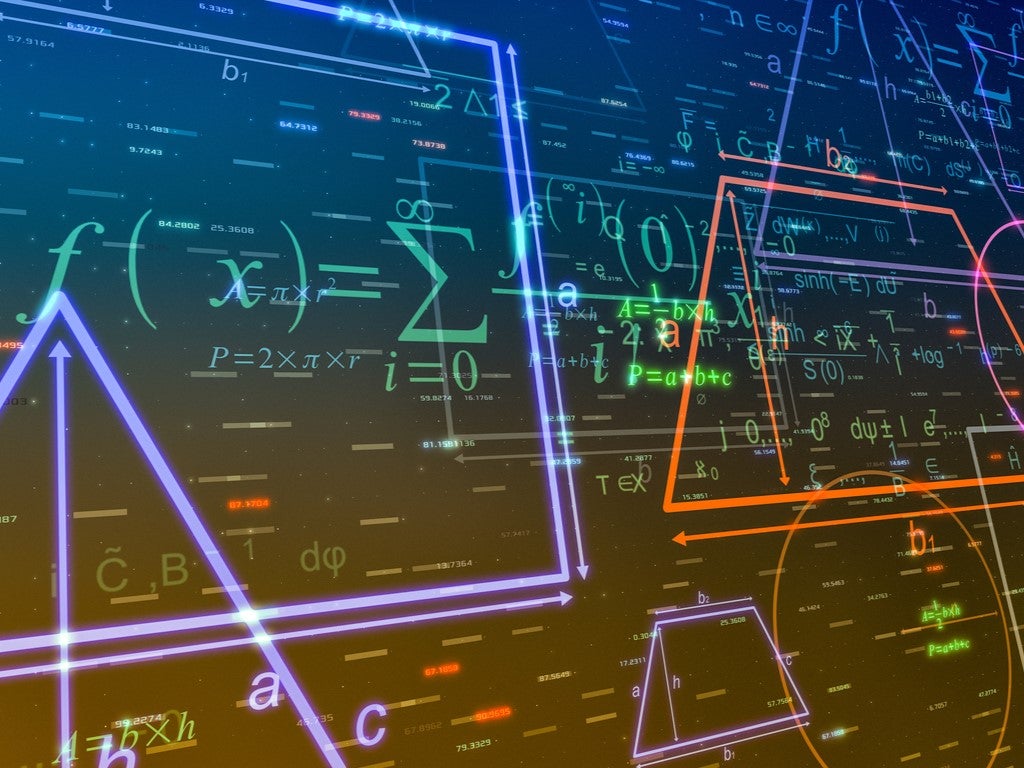‘Revolutionary’ artificial intelligence makes quantum physics 99.99% simpler
Formidable problem solving could revolutionise scientific investigation into quantum problems, scientists say, leading to breakthroughs in renewable energy

Your support helps us to tell the story
From reproductive rights to climate change to Big Tech, The Independent is on the ground when the story is developing. Whether it's investigating the financials of Elon Musk's pro-Trump PAC or producing our latest documentary, 'The A Word', which shines a light on the American women fighting for reproductive rights, we know how important it is to parse out the facts from the messaging.
At such a critical moment in US history, we need reporters on the ground. Your donation allows us to keep sending journalists to speak to both sides of the story.
The Independent is trusted by Americans across the entire political spectrum. And unlike many other quality news outlets, we choose not to lock Americans out of our reporting and analysis with paywalls. We believe quality journalism should be available to everyone, paid for by those who can afford it.
Your support makes all the difference.Scientists have reduced a vastly complex quantum physics problem requiring 100,000 equations to just four equations using artificial intelligence.
The team hope that the “dimensionality reduction” method could “revolutionise” scientific investigation into quantum problems, leading to breakthroughs in ultra-efficient materal design.
Potential outcomes could include new materials that have useful properties, like superconductivity, or have applications in fields ranging from neuroscience to renewable energy.
“We start with this huge object of all these coupled-together differential equations; then we’re using machine learning to turn it into something so small you can count it on your fingers,” said Domenico Di Sante, an assistant professor at the University of Bologna in Italy, and a visiting research fellow at the Center for Computational Quantum Physics in New York.
“It is essentiall a machine that has the power to discover hidden patterns.”
The quantum problem involved the movement of electrons on a lattice, in a setup known as a Hubbard model.
Physicists have grappled how to deal with the way the electrons can become quantum mechanically entangled, meaning they cannot be treated individually within the formula and therefore require vast computational power to figure out.
Using a neural network, the team were able to train it over many weeks to find a small set of equations that generated the same solution as the method that involved thousands of equations.
“When we saw the result, we said, ‘wow, this is more than what we expected’,” Dr Di Sante said. “We were really able to capture the relevant physics.”
The scientists now hope to test the approach on more complex quantum systems that involve electrons interacting at long distances.
The breakthrough was detailed in an article, titled ‘Deep learning the functional renormalisation group’, published in the scientific journal Physical Review Letters on 23 September.

Join our commenting forum
Join thought-provoking conversations, follow other Independent readers and see their replies
Comments